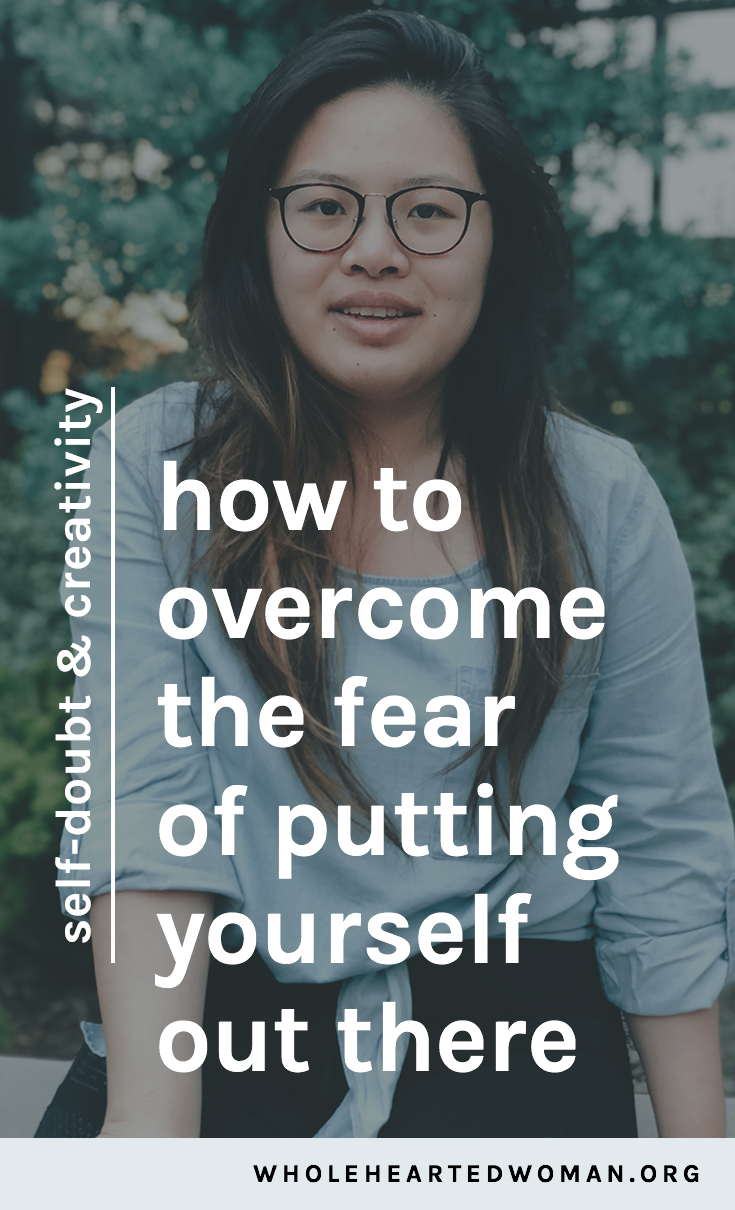How To Get Rid Of Self Doubt And Fear

A chilling undercurrent of self-doubt and fear cripples countless individuals, hindering their potential and dimming the light of their aspirations. Like a silent saboteur, it whispers insidious lies, eroding confidence and fostering inaction. This pervasive struggle impacts not only personal well-being but also productivity, innovation, and overall societal progress.
At its core, this article aims to equip readers with practical, evidence-based strategies to dismantle the barriers of self-doubt and fear. By understanding the psychological roots of these debilitating emotions and implementing actionable techniques, individuals can reclaim their power and embark on a journey of self-assurance and resilience. We will explore cognitive restructuring, mindfulness practices, exposure therapy, and the importance of building a supportive network, providing a comprehensive roadmap to overcome these internal obstacles.
Understanding the Roots of Self-Doubt and Fear
Self-doubt often stems from negative past experiences, perceived failures, or critical feedback, according to the American Psychological Association (APA). These experiences can create ingrained negative thought patterns that color future endeavors with apprehension.
Similarly, fear can be triggered by real or imagined threats, leading to a cascade of physiological and psychological responses. The amygdala, the brain's fear center, plays a crucial role in activating this response, often overriding rational thought processes.
Cognitive Restructuring: Challenging Negative Thoughts
Cognitive restructuring involves identifying and challenging negative thought patterns, replacing them with more balanced and realistic perspectives. This technique, widely used in Cognitive Behavioral Therapy (CBT), helps individuals recognize the distortions in their thinking.
For instance, if you find yourself thinking "I'm going to fail this presentation," challenge that thought. Ask yourself, "What evidence supports this? What evidence contradicts it?" Maybe you've delivered successful presentations in the past, suggesting the negative thought is unfounded.
Reframing negative thoughts into more positive affirmations can significantly boost self-confidence. Instead of focusing on potential failure, focus on the skills and preparation you have put in.
Mindfulness Practices: Cultivating Present Moment Awareness
Mindfulness practices, such as meditation and deep breathing exercises, promote present moment awareness, reducing the power of anxious thoughts about the future. Studies published in the Journal of Consulting and Clinical Psychology have shown the effectiveness of mindfulness-based interventions in reducing anxiety and improving self-esteem.
By focusing on your breath or observing your thoughts and feelings without judgment, you can detach from the spiral of negative thinking. This creates space for rational thought and helps you respond to situations with greater clarity.
Regular mindfulness practice can train your brain to become less reactive to stressors and more resilient in the face of challenges.
Exposure Therapy: Confronting Your Fears
Exposure therapy involves gradually confronting your fears in a safe and controlled environment. This technique is particularly effective for overcoming phobias and anxieties related to specific situations or objects.
For example, if you fear public speaking, start by practicing in front of a small group of friends or family members. Gradually increase the size of the audience until you feel comfortable presenting to larger groups.
Each successful exposure reinforces the idea that your fears are often unfounded and that you are capable of handling the situation. Remember, facing your fears is key to conquering them.
Building a Supportive Network: The Power of Connection
Surrounding yourself with supportive friends, family, or mentors can provide invaluable emotional support and encouragement. Sharing your fears and insecurities with trusted individuals can help you gain perspective and feel less alone.
A strong support system can offer objective feedback, challenge your negative thoughts, and celebrate your successes. Remember that vulnerability can be a strength, fostering deeper connections and resilience.
Seek out individuals who believe in your potential and offer constructive criticism, helping you grow and overcome your self-doubt. Isolation fuels fear; connection fosters courage.
The Path Forward: Embracing Imperfection and Continuous Growth
Overcoming self-doubt and fear is an ongoing journey, not a destination. Embrace imperfections and view setbacks as opportunities for learning and growth. As stated by Brené Brown, a renowned researcher on vulnerability, "Courage starts with showing up and letting ourselves be seen."
Continue to practice the techniques outlined in this article, adapting them to your individual needs and circumstances. Celebrate small victories and acknowledge your progress along the way.
By cultivating self-compassion, building resilience, and seeking support when needed, you can unlock your full potential and live a life free from the shackles of self-doubt and fear. The future holds endless possibilities for those who dare to believe in themselves.


















